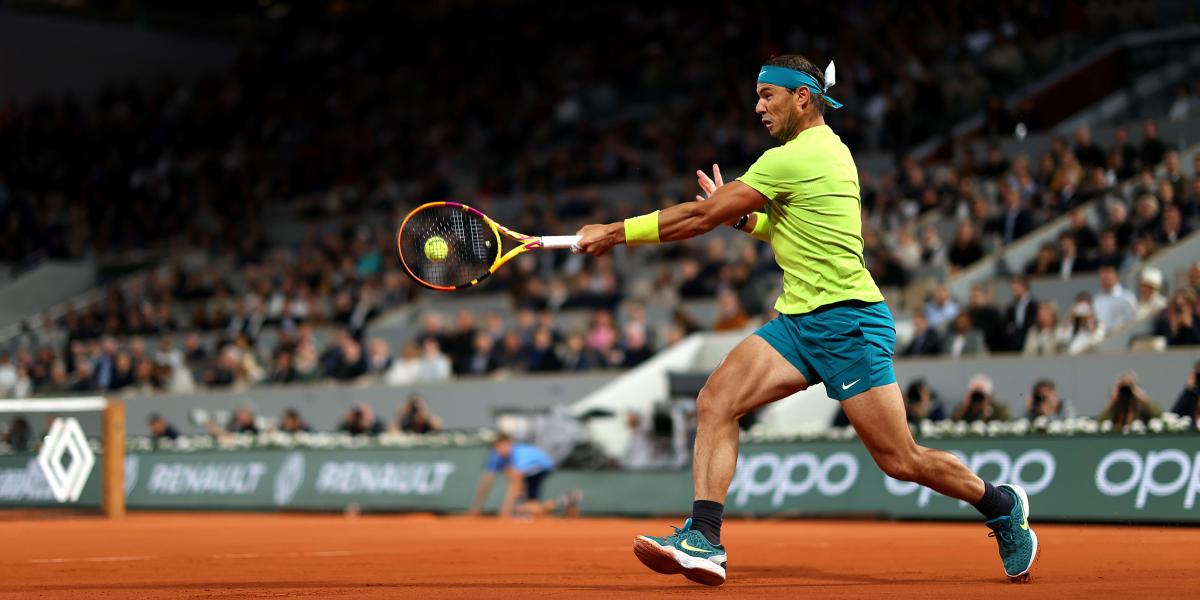Introduction: Why Balance and Coordination Matter in Tennis
In the world of tennis, much is said about techniques, strategies, and the game itself. But is this really the most important aspect for complete development? Consider this: how can we execute a forehand with good balance if we don’t develop this skill properly? And how can we perform a coordinated serve without a solid foundation of coordination? Let’s explore how physical and cognitive enhancement can transform your tennis performance.
The Importance of Balance and Coordination
Skill development in tennis goes beyond just learning specific techniques. Balance and coordination are essential for executing strokes efficiently and naturally. Without these basic skills, even the simplest movements can become challenging.
Working on balance and coordination should be an integral part of training
Balance Exercises: Engage in workouts that improve stability and body control, such as single-leg balance exercises.
Strength and Endurance: Develop the strength needed to sustain high-intensity movements and prolonged periods of play.
Learning and improving skills should be stimulated in creative ways
Creative Drills: Incorporate activities that challenge both the mind and body simultaneously. Games and challenges can do wonders for cognitive development.
Interdisciplinary Approach: Introducing elements from other sports can enrich tennis training. For example, balancing techniques from yoga or agility drills from soccer can improve essential tennis skills.
Effective coaches use innovative strategies to develop motor skills
Multidisciplinary Approaches: Utilize techniques from different sports to promote a rich and diverse learning experience.
Focus on Physical and Cognitive Abilities: Create training plans that balance physical development with cognition, ensuring players can learn and execute techniques naturally and efficiently.
Conclusion
Concluding a tennis training session or lesson isn’t just about wrapping up activities. Summarize the key learnings, reinforcing the importance of balance and coordination. Offer practical solutions, such as exercise routines that can be done outside of training. Encourage continuous reflection by asking questions like, “How has this new skill helped your performance today?” Invite comments and questions to maintain engagement. A well-crafted conclusion leaves a lasting impression, motivating students to keep learning and evolving.



Leave a Comment